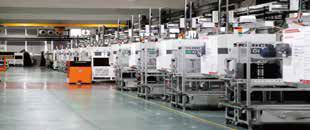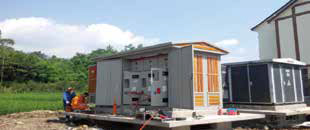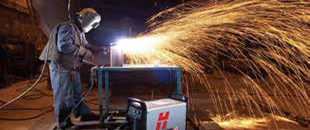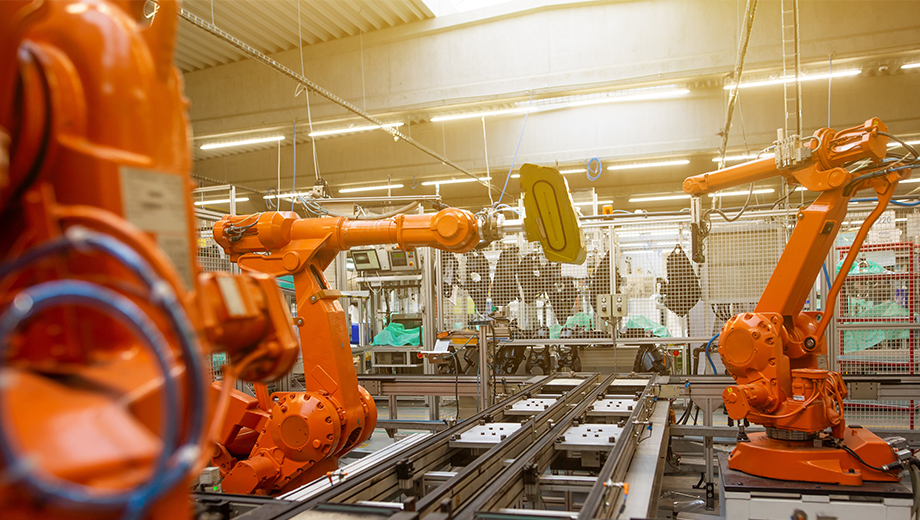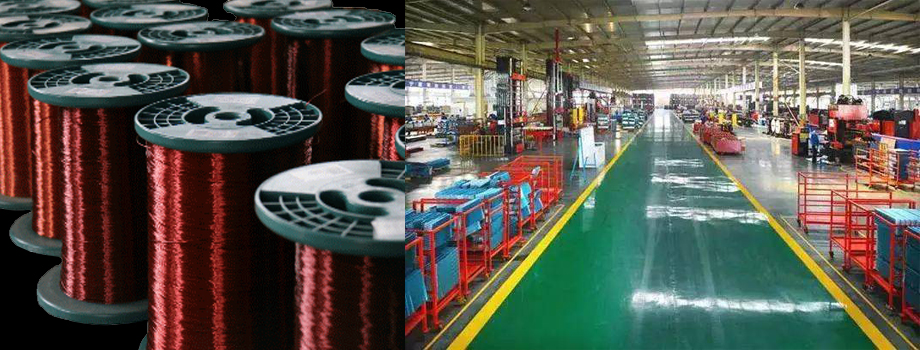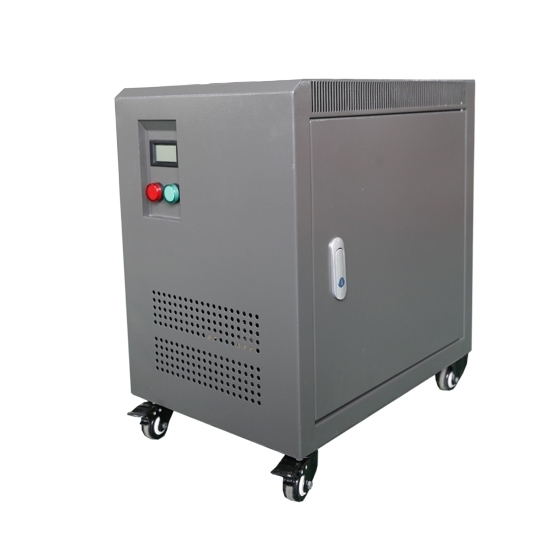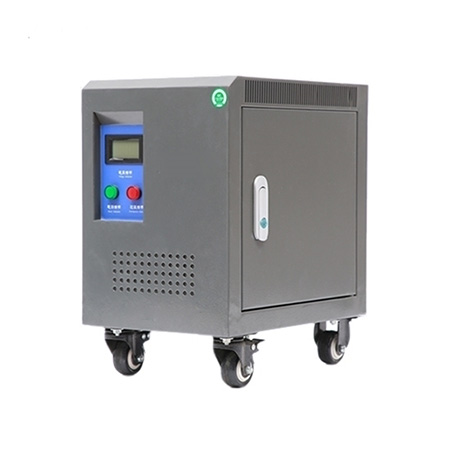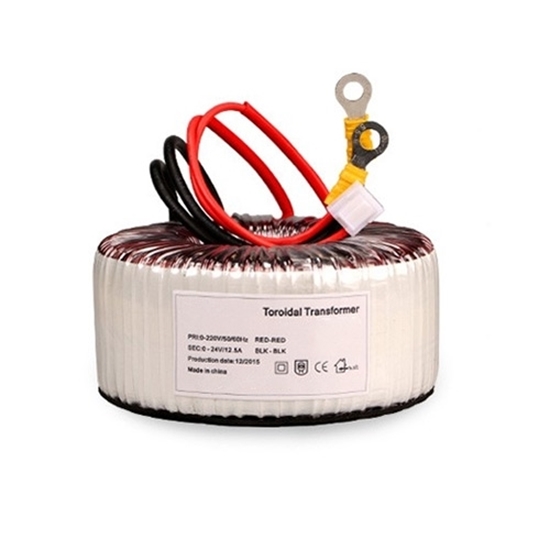A control transformer is typically used to provide lower voltage levels for control
circuits in electrical systems. However, if you are experiencing high voltage from a
control transformer, it could be due to several potential causes:
-
Faulty winding: A control transformer consists of primary and secondary
windings. If there is a fault in the winding insulation or a short circuit
in the windings, it can cause a high voltage condition.
-
Overloading: If the control transformer is overloaded, it may not be able to
handle the required load, resulting in increased voltage output. Overloading
can be caused by excessive current demand from the control circuit or by
connecting too many devices to the transformer.
-
Incorrect tapping: Control transformers often have multiple taps on the
primary side to provide different voltage levels. If the wrong tap is
selected or if there is a wiring error, it can lead to higher-than-expected
voltage output.
-
Voltage fluctuations: Fluctuations in the input voltage can also affect the
output voltage of the control transformer. If the input voltage is higher
than the rated value, it will result in a corresponding increase in the
output voltage.
-
Regulation issues: Control transformers are designed to provide a specific
level of voltage regulation. If the transformer's regulation capability is
compromised due to aging, loose connections, or other factors, it can lead
to high voltage output.
If you are experiencing high voltage from a control transformer, it is crucial to
address the issue promptly to prevent damage to connected equipment or risk of
electrical hazards. It is recommended to consult a qualified electrician or
technician to diagnose and resolve the problem safely.

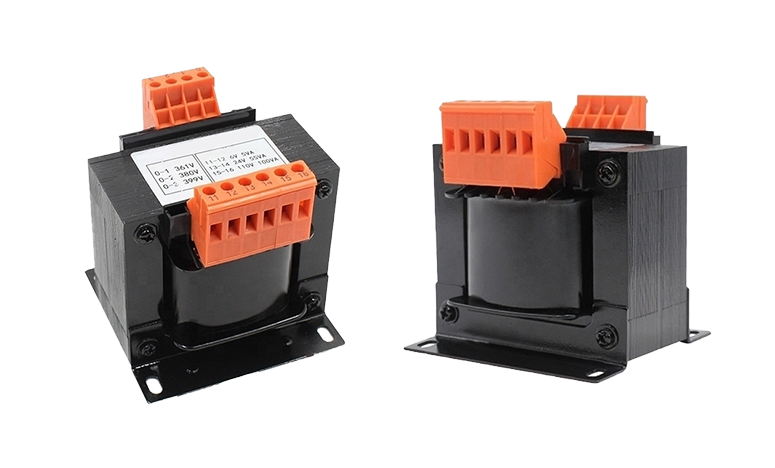



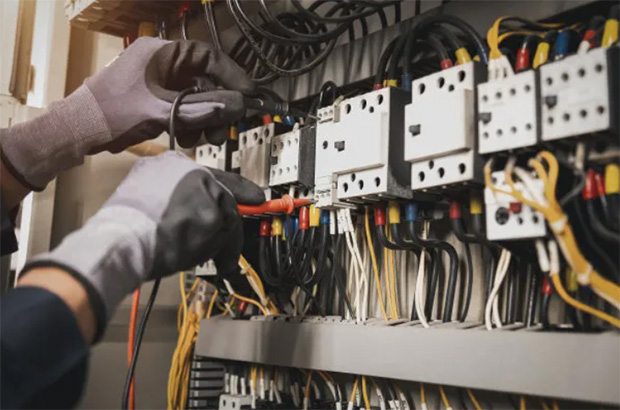 Being one of
Being one of 
